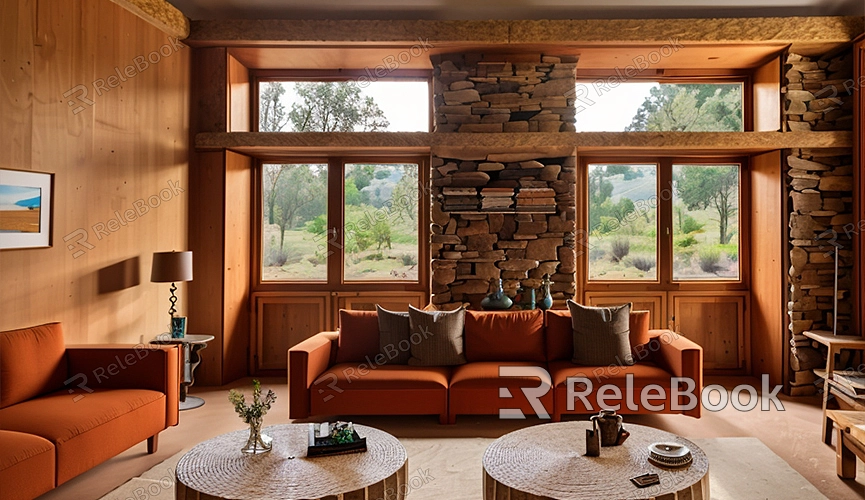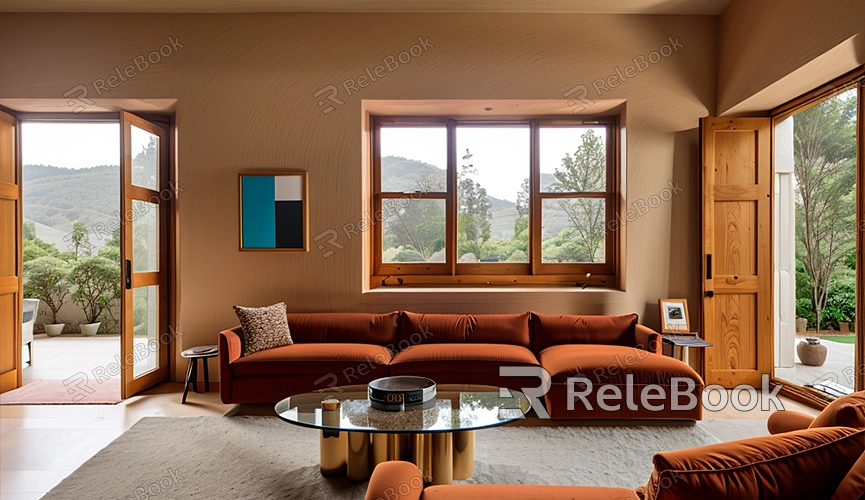How to Render with World Grid in Blender
Blender is a powerful 3D creation tool widely used in animation, game design, and visual effects production. In Blender, the World Grid is a useful feature that helps ensure the accuracy of object positioning, scale, and spatial relationships during rendering. This article will explain how to use the World Grid in Blender for rendering and provide some practical tips to optimize your workflow.
What is the World Grid?
The World Grid is a helpful guide in Blender that displays a grid in the 3D space, typically featuring horizontal and vertical lines. It aids in aligning and positioning objects within your scene. By using the World Grid, you can more precisely adjust a model's location, size, and angle, thereby enhancing the accuracy of your renderings.

Enabling the World Grid
Enabling and configuring the World Grid in Blender is straightforward. Here are the steps:
1. Open Blender: Launch Blender and either open your project or create a new scene.
2. Access View Settings: In the 3D view, click the “View” menu in the upper right corner and select “View Settings” to open the view settings panel.
3. Enable Grid Display: In the View Settings panel, find the “Grid” tab. Check the “Display Grid” option to make the World Grid visible in the view.
4. Adjust Grid Settings: You can customize the grid's size, color, and density to enhance visibility, making it easier to perform precise operations during modeling and rendering.
Using the World Grid in Rendering

Utilizing the World Grid can help achieve better rendering outcomes. Here are some practical tips:
- Align Objects: Use the World Grid to align objects within your scene, ensuring their positions and scales are correct. For instance, when creating a room model, the grid can help ensure that the walls and floor are aligned.
- Adjust Camera Angles: In the render settings, the World Grid can assist in adjusting the camera perspective to meet your design requirements. Properly aligning the camera with the grid can lead to more accurate perspective effects.
- Optimize Scene Layout: When arranging your scene, leverage the World Grid to plan and position objects effectively, avoiding overlap and unnecessary complexity. This can improve the clarity and aesthetic of the final render.
- Check Proportions and Symmetry: The World Grid can help verify the proportions and symmetry of objects in your scene. By adjusting the grid's size and density, you can easily correct proportions and make symmetrical adjustments.
Tips for Enhancing Render Quality
To ensure you achieve the best rendering results, consider these tips:
- Use High-Quality Textures: Textures significantly impact the final render. High-quality textures can enhance the realism of your scene. If you need top-notch 3D textures and HDRIs, you can download them for free from [Relebook](https://textures.relebook.com/). These resources can add rich detail to your models and scenes.
- Set Appropriate Render Parameters: Adjusting render parameters like resolution, sample count, and lighting settings can greatly improve render quality. In Blender's render settings, choose suitable sample counts and lighting setups for the best image quality.
- Select the Right Rendering Engine: Blender offers multiple rendering engines, such as Cycles and Eevee. Choosing the appropriate engine based on your needs can enhance both render quality and efficiency. For instance, Cycles is ideal for high-quality ray tracing, while Eevee is better for real-time rendering.
- Optimize Models and Scenes: Simplifying models and scenes by reducing unnecessary details and polygon counts can improve rendering speed and quality. Using optimized models and scene setups ensures a smoother rendering process.
Using the World Grid for rendering in Blender is an effective way to enhance modeling and rendering accuracy. By properly configuring and utilizing the World Grid, you can align objects more precisely, adjust angles, and optimize scene layouts. Coupled with high-quality textures and resources, this approach will further elevate your render quality, making your work visually impactful.
If you need high-quality 3D textures and HDRIs for your models and virtual scenes, visit [Relebook](https://textures.relebook.com/) for free downloads. For exquisite 3D models, check out [Relebook](https://3dmodels.relebook.com/) for a variety of premium resources to help you achieve outstanding rendering results.

